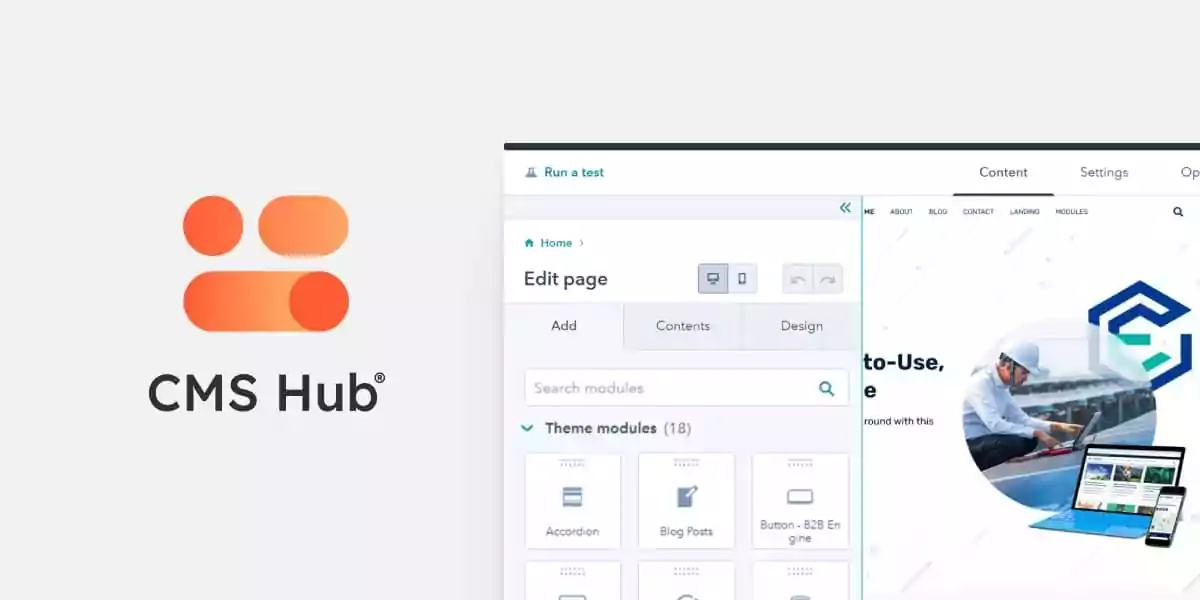When to create a Deal in HubSpot

Effective Deal Management in HubSpot CRM
Effective deal management is critical to sales success in HubSpot CRM. However, understanding when to create a deal is just as crucial as knowing how to manage it. Add deals inconsistently or too early, and you risk losing focus and reducing the effectiveness of your forecasting. Every member of your sales team must create deals at the same point.
To help you make informed decisions, we'll share the best practices for creating deals in HubSpot.
Understanding Your Sales Process
First, it's vital to understand your sales process and mirror it in your HubSpot deal pipeline. This process usually includes various stages, from identifying prospects to closing deals. However, only some interactions or stages in this process warrant the creation of a deal.
When to Create a Deal
So, when should you create a deal in HubSpot? The first rule of thumb is that you should only create a deal once a substantial engagement with a potential client exists. This engagement typically occurs after initial contact and once you have scheduled a formal meeting. The key here is indicating the client's interest or a potential sale.
The second rule of thumb is to create a deal when there's a discernible path to a sale. This path could be after a product demonstration or when a client expresses explicit interest in discussing terms or pricing.
Customising Lead Stages
Use HubSpot's 'lead status' feature to track sales activities before adding deals. You should create a deal when a lead moves beyond these preliminary stages, like 'Attempting to Contact' or 'Contacted' to more concrete stages, like 'Proposal Sent' or 'Negotiation Started.'
When Not to Create a Deal
It can be tempting to create a deal whenever a lead 'smells' right. However, this certainly isn't the best practice. You should avoid creating deals when identifying a prospect, which would lead to a cluttered pipeline. Also, you should only create deals for some leads. Ensure that the leads meet specific qualification criteria that indicate a genuine possibility of sale. If a lead shows interest but you need more information to be confident about their buying intent or timeline, hold off on deal creation.
Some salespeople like to use criteria like BANT to determine that they are ready to add a deal.
In conclusion, understanding the right moment to create a deal ensures that your pipeline remains focused, realistic and manageable, ultimately leading to better sales outcomes and growth. By strategically creating deals at the appropriate stages, your team can focus on nurturing genuine opportunities and closing more deals.
-1.png?width=200&height=71&name=Black%20And%20Beige%20Modern%20Simple%20Aesthetic%20Minimalist%20Dialogue%20Agency%20Logo%20(1)-1.png)
 By
By

